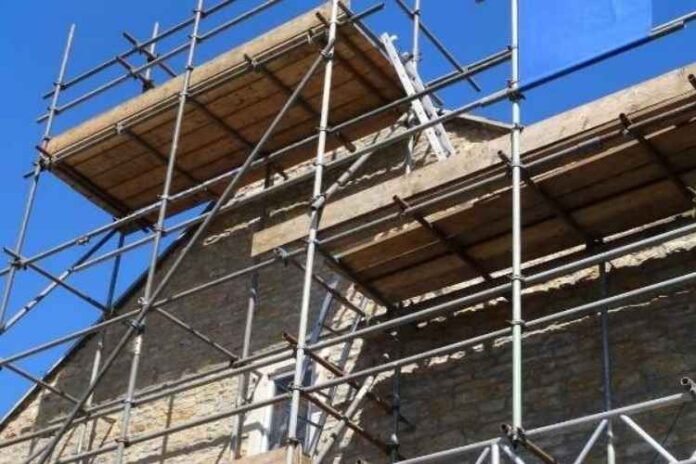It is very easy to tell that a brick masonry works is not properly constructed, but it is often difficult to know which the most common mistakes are and how to avoid them. We have studied the most frequent problems found in masonry construction and have developed an easy-to-follow approach, which you can use to help identify and rectify defects in your own home or workplace. The system we recommend is a visual one, based on the principle that each element of the work has its own unique way of working, and that by looking at the job from different angles and different points of view, you can quickly spot the main problem areas and the likely causes of any defects. You can then use this information to decide what action needs to be taken and when, before the situation gets any worse. Here are the most common masonry construction problems and its causes.
Faulty foundations
The foundation of a masonry wall is critical as it provides the basic structure for all the bricks to sit on. If the ground is uneven, or if the soil is compacted or contains clay, it can lead to problems in later stages of construction.
Poorly designed joints
When constructing brick walls, it is essential that joints are properly designed and proportioned. If joints are too long, they may allow water to leak in between the bricks and cause damp problems. If joints are too narrow, they may cause the bricks to shift and crack. A good joint needs to be strong enough to support the weight of the wall, without being so wide that it becomes difficult to work with. The joint should also be correctly aligned so that when the wall is built up, it will look neat and even.
Cement or mortar not mixed correctly
It is vital that the correct proportions of cement and mortar are used in a mixture. According to Atlantic Brick & Stone too much cement can lead to the bricks becoming too hard and brittle; too much mortar will make the mortar lose its strength and become too porous.
Poorly constructed mortar beds
A brick wall relies on mortar to hold the bricks together, and in order for mortar to work properly, it needs to be applied at the correct level. If the mortar bed is too high, it will cause problems in later stages of construction. It is vital that the mortar is laid evenly and properly positioned, so that it is as thin as possible and reaches all the joints. It should also be strong enough to support the weight of the wall.
Poorly jointed bricks
In addition to mortar beds, a masonry wall also needs to have the right proportion of bricks. Too many bricks in the mortar and not enough bricks in the wall can lead to the mortar not bonding to the bricks well and causing the bricks to separate from one another. If a brick wall has too many bricks, the bricks will not sit properly on top of one another, making the structure look uneven and untidy.
Cement not placed correctly
Cement is used to hold bricks together. If it is placed incorrectly, this will cause problems in later stages of construction. When placing cement, ensure that the cement is applied evenly and to the correct height so that the mortar bed is properly supported.
Some Professional Tips and tricks
How to identify defects
- Look at the work from different angles.
- Look for signs of movement.
- Look at the joints carefully.
- If you are working with mortar, observe how thick it is being applied.
- Check that the bricks are sitting neatly on top of one another.
How to avoid defects
- Make sure that the masonry works has been designed correctly and thoroughly checked.
- Make sure the masonry work is done by a competent professional who knows what they are doing.








